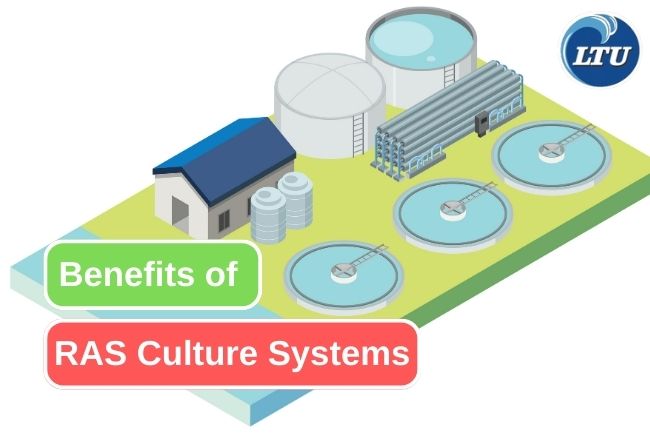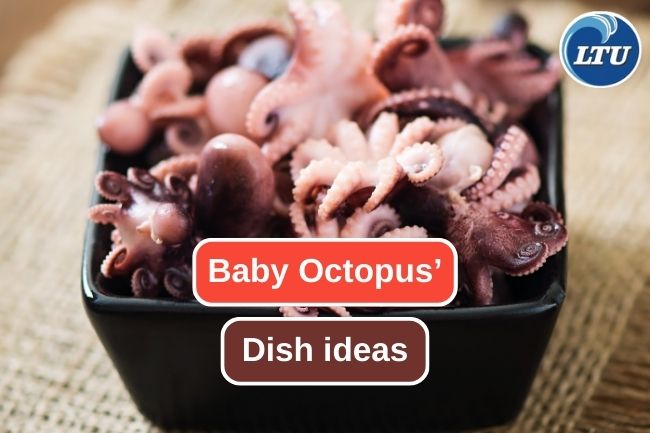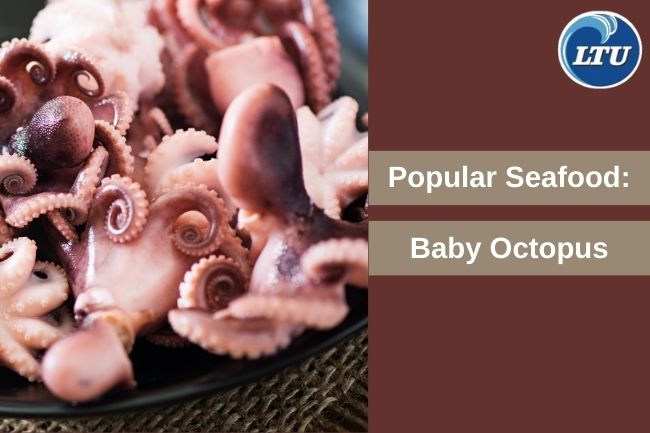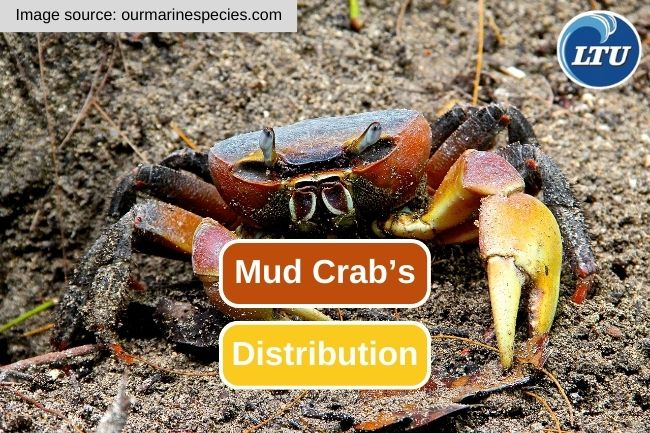8 Benefits of RAS as a Fish Farming Methods
By. Nevanda - 22 Aug 2023
lauttimur.com - The Recirculating Aquaculture System (RAS) farming method has several advantages that make it increasingly popular in modern aquaculture farming. Here are some of the main advantages of the RAS method:
1. Efficient Water Use
One of the main advantages of RAS is the highly efficient use of water. The system is designed to recycle water within the culture environment, resulting in much less water consumption compared to conventional culture methods. This helps to reduce the need for fresh water as well as the environmental impact associated with the disposal of used cultivation water.
2. Good Environmental Control
In RAS systems, the culture environment such as temperature, water quality, and other parameters can be carefully controlled. This allows managers to create optimal conditions for the growth and health of farmed animals. Parameters such as temperature, dissolved oxygen, pH, ammonia, and nitrate can be better monitored and regulated.
3. Low Environmental Impact
Since RAS reduces water demand and minimizes the release of harmful substances into the environment, the environmental impact of aquaculture farming can be reduced. RAS helps control organic waste and chemicals in water, thereby reducing the risk of environmental pollution.
4. Better Disease Control
With a well-controlled environment, the risk of disease in farmed animals can be minimized. The use of filtration and water treatment systems can help reduce the spread of diseases and parasites. This reduces dependence on antibiotics and other chemicals.
5. Faster and More Efficient Growth
The controlled environmental conditions in an RAS can enable faster and more efficient growth for farmed animals. Temperature and feed can be regulated in a way that maximizes growth rate.
6. More Accurate Feeding Management
In RAS, monitoring of feed and the farm animal's response to it can be done more thoroughly. This makes it possible to feed more accurately according to the needs of the animals, reducing feed wastage and potential pollution of uneaten feed.
7. Flexible Location Possibilities
RAS can be implemented in a variety of locations, including areas far from natural water sources. This opens up opportunities for aquaculture farming in areas that were previously not possible.
8. Diversification and Intensification of Production
Since RAS allows indoor aquaculture on a relatively small scale, it opens up opportunities for diversification and intensification of production. Some types of fish or aquaculture species that are more sensitive to environmental changes can also be cultured successfully in RAS.
However, it should be kept in mind that RAS systems also have technical challenges and high initial costs in their construction and operation. The choice of culture method should consider both the advantages and limitations.








